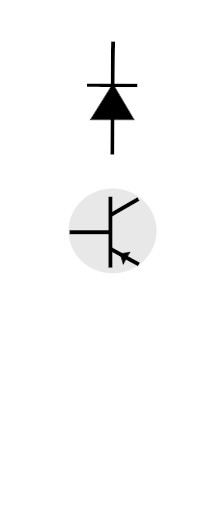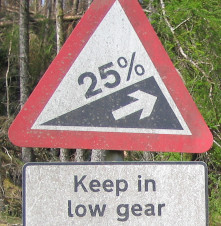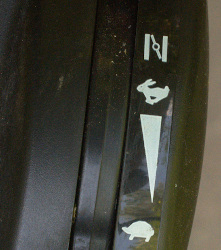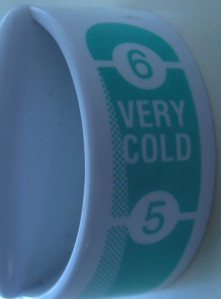Started 13th October 2019

I learnt at my grandfather's knee that electric current goes from positive (plus +) to negative (minus -). Obvious enough, batteries have plus and minus connections. This idea got me a long way. In electrical engineering it lets one work out the direction of magnetic fields. This is known as conventional current.
The problems started as soon as I picked up a book on electronics, the authors of these find it impossible to explain anything without getting into electrons, and electrons the common carrier of current are negatively charged and (since opposites attract and likes repel) travel from negative to positive.
After that I always wonder is that conventional current being talked about or electron current. Look at the symbol for a diode, a big arrow; that arrow is the direction of conventional current. The same applies to the junction transistor symbol.

Car gears are numbered from 1 upwards to maybe 4,5 or 6. If that's all you know you're fine. However the most junior engineer also knows about gear ratios. How many times the output shaft rotates for one rotation of the input. As one works through the gears from 1 upwards, the ratio decreases. In sixth gear the wheels go round faster for the same engine speed as in first gear. So what does that sign saying "select low gear" mean. Is it low ratio or low gear number.

In photography the aperture is the hole the light passes through. Make that hole smaller and less light gets to the sensor but the amount that is in focus increases. Photographers measure aperture in "f stop numbers". So given the instruction "increase the aperture" one would think change from f6 to f7. But no, f stop numbers are inverses (the focal length of the lens divided by the diameter of the aperture) so f7 is a smaller aperture than f6.

My lawn mower throttle has symbols, at one end is a tortoise at the other a hare. Obviously tortoise slow, hare fast. But what about the fable of the race between the tortoise and the hare, which the tortoise wins. Are the engineers thinking about that.

Got a fridge, want it to be cooler, "turn up the thermostat", it goes from 1 to 6. Yeah but I want the temperature to go down. The gas oven dial is numbered 1 to 10 and 10 is hotter than 1. Why is 6 going to be colder. Fridge thermostats I am familiar with go from 1 to 6, with 6 the coldest.
There are a lot of standards where the biggest value has the smallest number. For example SWG and AWG wire gauges, 0 AWG is 0.3249 inch diameter and 40 AWG is 0.00314 inch. They also have the feature of using more than one zero to indicate larger values (or smaller numbers than zero) - 0000 AWG is 0.46 inch diameter. The basis of this scheme was the number of drawing operations needed to produce the wire, thinner wire needing more. Or it could be looked at as electrical resistance - bigger for thinner wire. Sometimes 000 is written as 3/0, as if mathematically 1/0 is smaller than 2/0. 2/0 or 00 is pronounced "two-aught". Double zero also appears in the grading system for flour which runs 2, 1, 0, 00 from coarse to fine.
Another example is the BA thread - 25 BA has 0.25 mm outside diameter, 0 BA has 6 mm.
In astronomy, the brightest objects have the smallest magnitude. This comes from the ancients putting the brightest stars in the first magnitude class, by now there are negative magnitudes for very bright objects.
Model railways, 0 scale was a scale of ¼in to 1ft (1:48) but is now often 7 mm to 1ft (1:43.5). H0 (half 0) scale is 3.5 mm to 1 ft (1:87), 00 scale is 4 mm to 1 ft (1:76), but 00 scale trains use H0 gauge track.